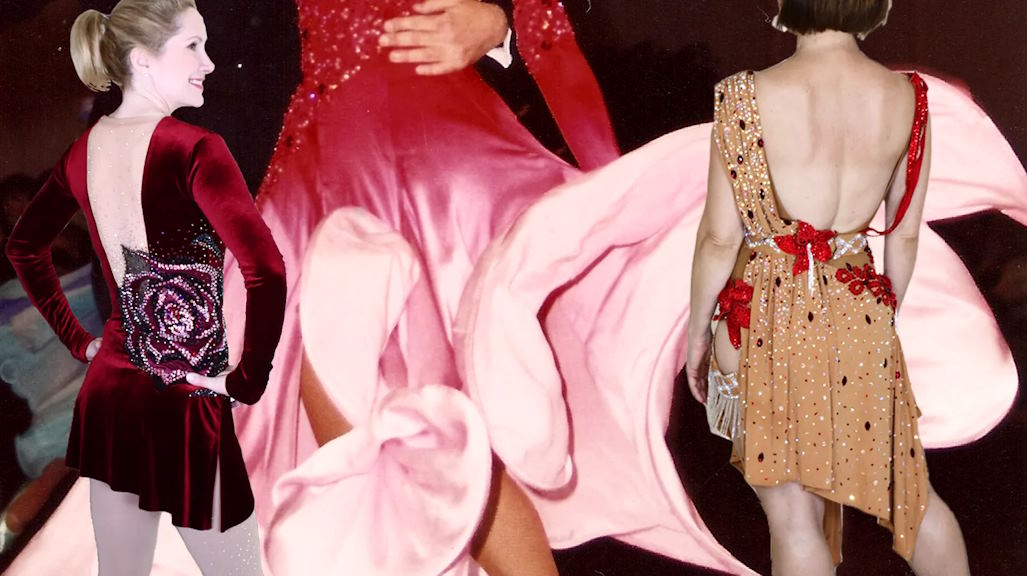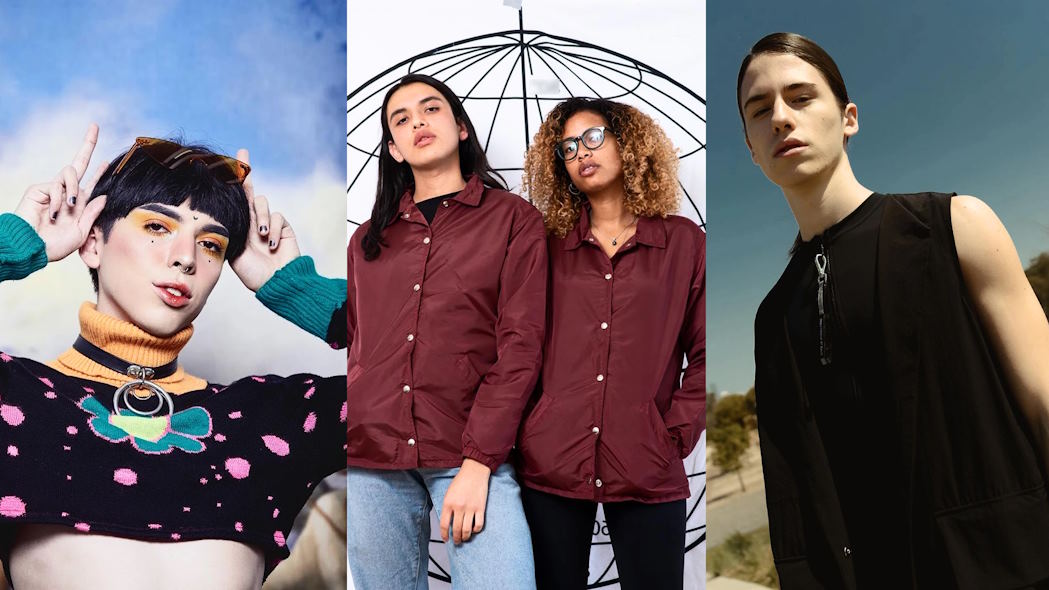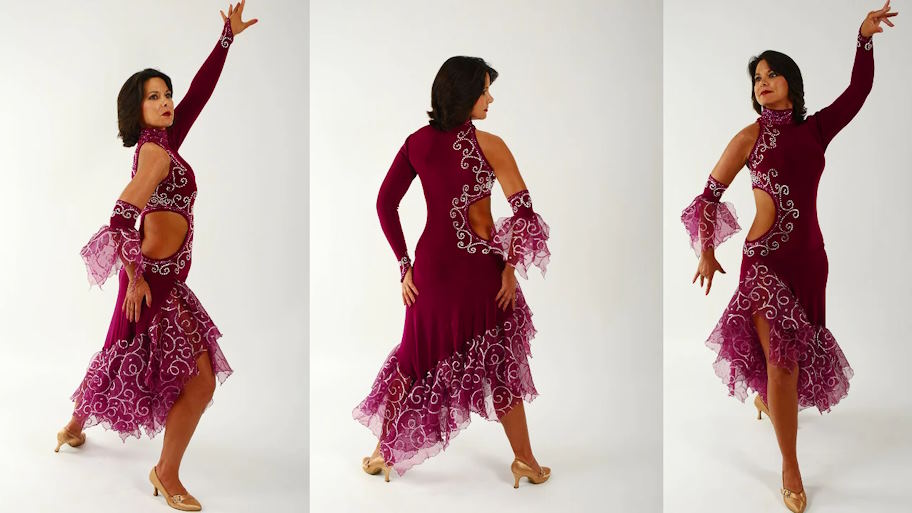Dance is a universal language that transcends borders and cultures, captivating audiences with its sheer beauty and expressiveness. But behind every graceful arabesque, high-energy pirouette, or soul-stirring contemporary routine, there lies a critical element that often goes unnoticed – the dance costume. These costumes, more than just clothing, are essential tools for dancers, helping them communicate their artistry and style to the world. One of the most crucial aspects of a dance costume is the choice of fabric. The selection of the right fabric can greatly impact a dancer’s comfort, flexibility, and overall aesthetic.
Ballet: Elegance and Grace
Ballet is all about elegance, grace, and precision. Dancers need fabrics that allow them to float effortlessly across the stage. Ideal materials for ballet costumes include lightweight and breathable fabrics like tulle and chiffon for tutus and skirts. Satin and silk are perfect for leotards and bodices, adding a touch of luxury and ensuring that the dancer feels like a true prima ballerina.

Jazz: Energetic and Expressive
Jazz dance exudes energy and expression. Jazz costumes should match this vibrancy and movement. Stretchy fabrics like lycra and spandex are the go-to choices, providing flexibility and comfort. Sequins and metallic fabrics add a flashy look that complements the dynamic jazz routines.
Contemporary: Fusion and Emotion
Contemporary dance blends different styles and is known for its emotional expression. Fabrics should be chosen to help convey these emotions. Flowy and draped materials are ideal for creating a sense of weightlessness and dramatic effect. Mesh and stretch lace give a modern and edgy look, and neutral or earthy tones can enhance the minimalist aesthetic.
Hip-Hop: Urban and Street-Inspired
Hip-hop dance is rooted in urban and street culture. Dancers often wear costumes that reflect their individuality and attitude. Cotton and denim provide a casual, streetwear look, while bold and vibrant colors add a pop of personality. Loose-fitting materials allow for freedom of movement and style.

Ballroom: Partnering and Elegance
Ballroom dance involves partnering and dynamic movements, where the costumes need to be both elegant and functional. Flowy fabrics like chiffon work well for standard dances, while stretchy and shimmery materials are ideal for Latin dances. Adding rhinestones and beads can infuse the costumes with glamour and sophistication.
Tap: Rhythm and Percussion
Tap dance is all about rhythm and percussive sounds, and the choice of fabric can influence the performance. Durable and noise-resistant materials are essential. Stretch materials facilitate easy movement, and dark colors can help hide scuff marks, ensuring that the costumes remain visually appealing.
Flamenco: Passion and Drama
Flamenco is passionate, fiery, and dramatic. The costumes need to match the intensity of the dance. Flowy and layered fabrics add dramatic flair to the outfits, while vibrant colors and patterns capture the traditional spirit of Flamenco. Ruffled materials create added movement and intensity, enhancing the overall performance.




